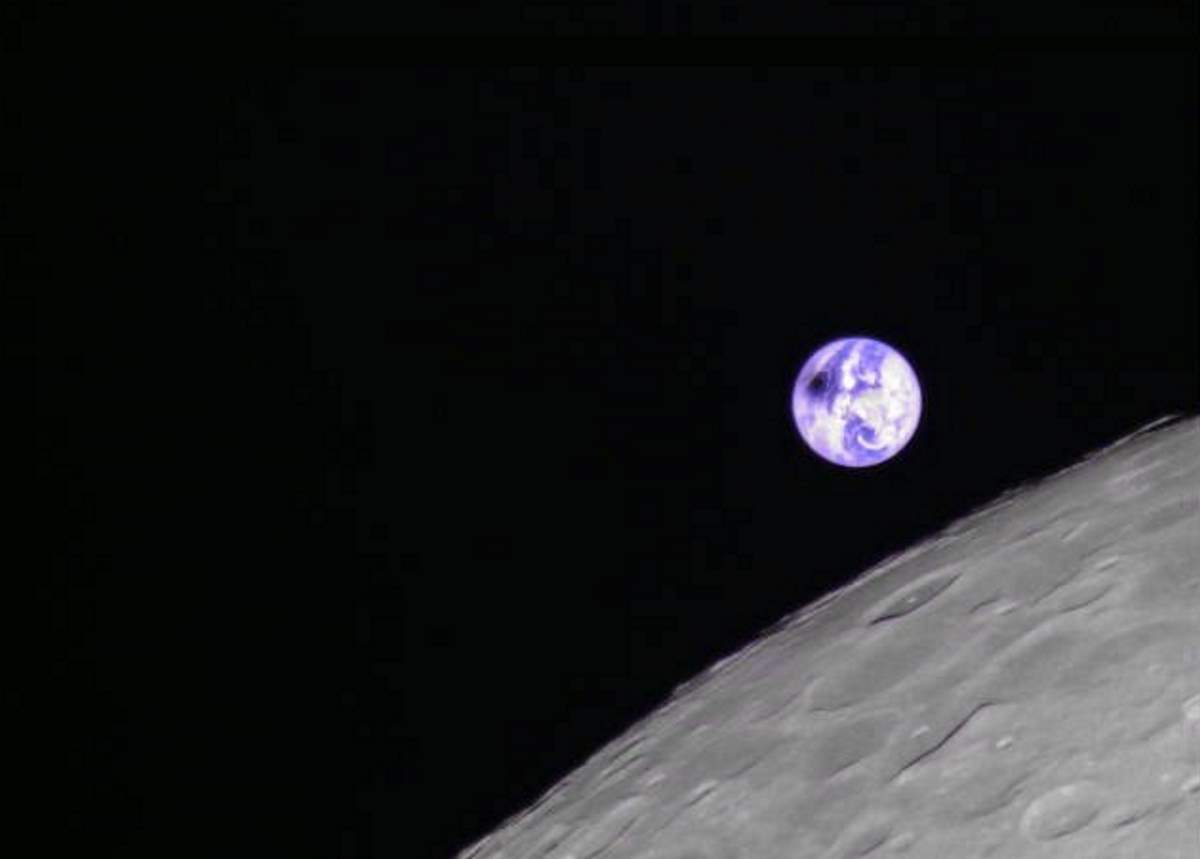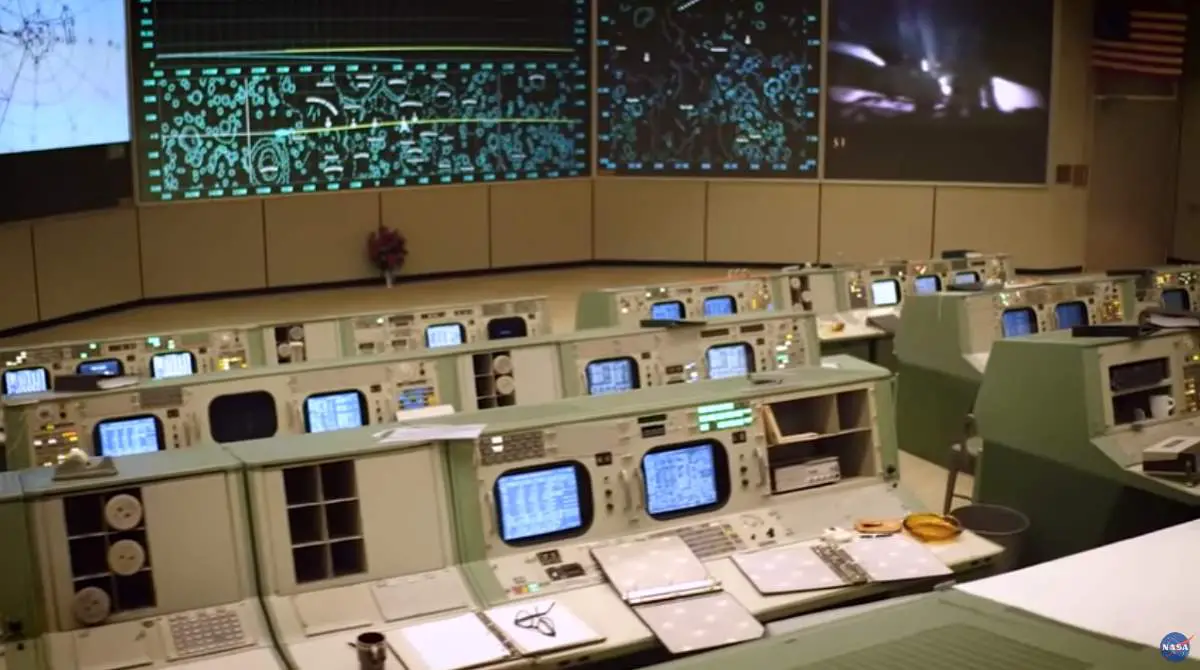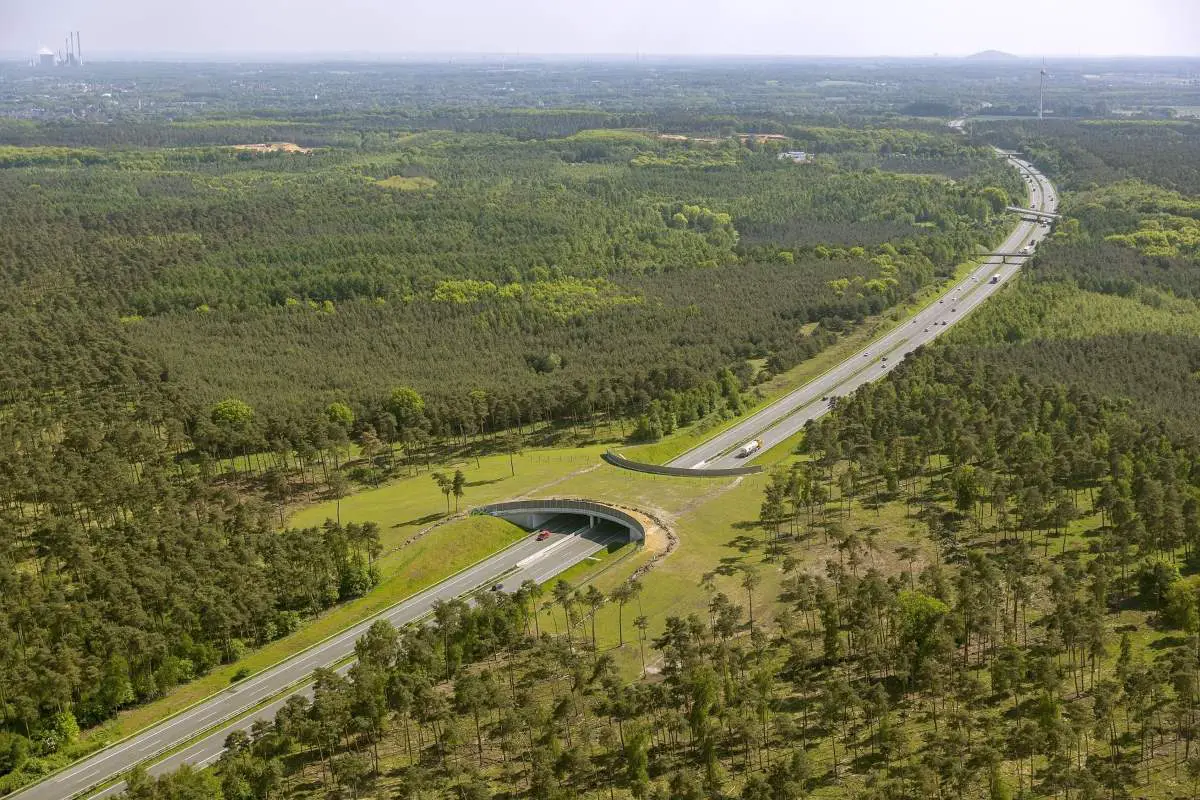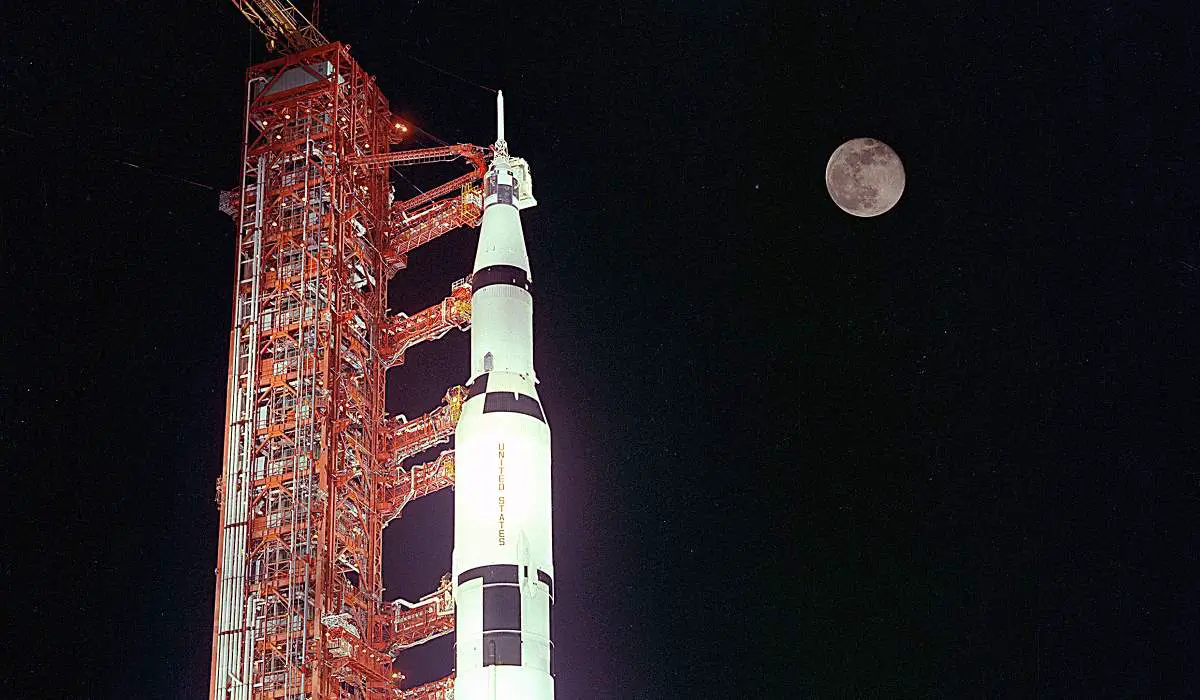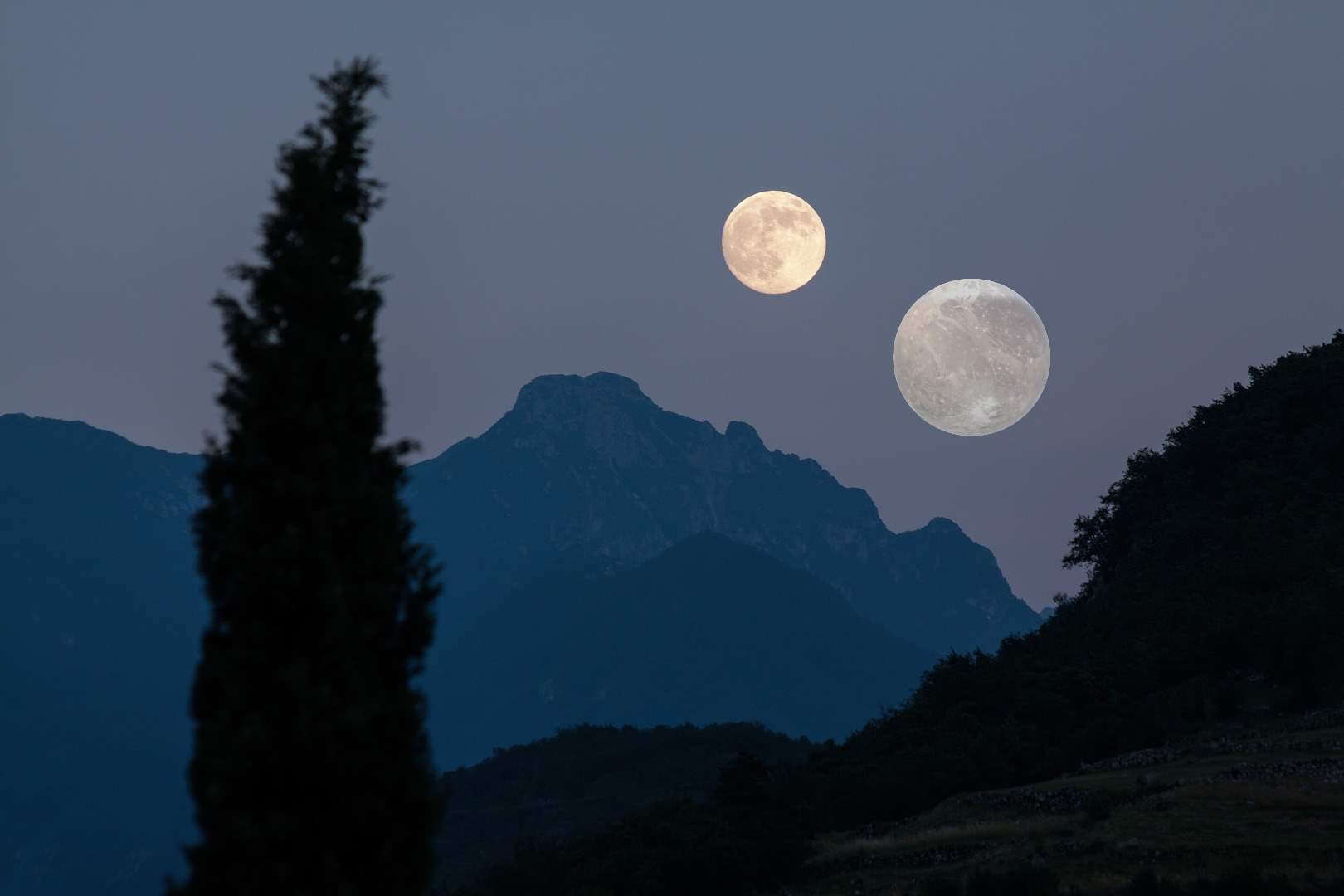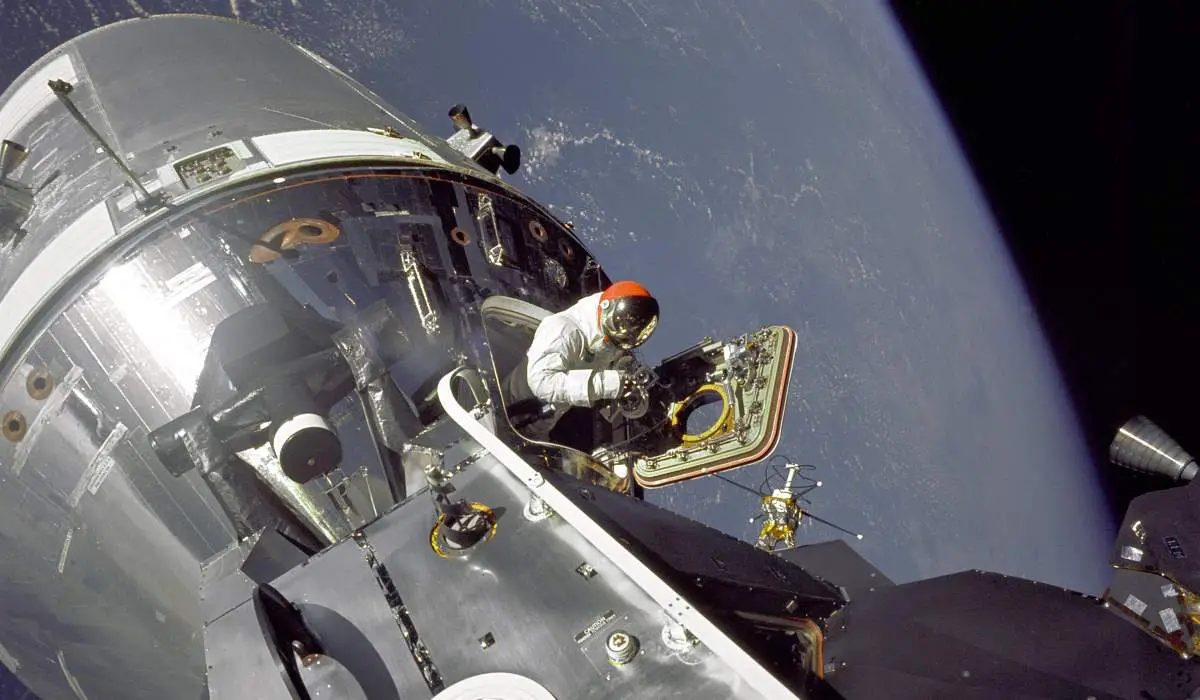This amazing photo of the 2019 Solar Eclipse from the Moon’s orbit was taken on July 2, 2019, by the Chinese lunar satellite DSLWP-B (Longjiang-2).
Continue reading “Solar eclipse as seen from the Moon’s Orbit [2019]”NASA has restored the historic Apollo Mission Control Room
The historic Apollo mission control room in Houston has been fully restored by NASA for the 50th anniversary of the Apollo 11 mission. Now it provides a snapshot of how it looked during the first Moon landing on July 20, 1969.
Continue reading “NASA has restored the historic Apollo Mission Control Room”Wildlife crossings make animals and people safer
Wildlife crossings over (and under) the highways could make animals (both wild and domesticated) and people safer.
Our expanding network of roads is interrupting and fragmenting the territories of wild (and also domesticated) animals who need to cross our roads in search of food, water, mates, and shelter. Many are routinely struck and killed by vehicles in this most basic quest for survival.
In addition to conservation concerns, animal-vehicle collisions have a significant cost for human populations because collisions damage property and injure and kill passengers and drivers: in the United States only, collisions between wildlife and vehicles have increased by 50 percent in the most recently reported 15 years. These accidents now cost Americans $8 billion every year.
Continue reading “Wildlife crossings make animals and people safer”Apollo 17 and its destination (Moon) in one photo
An amazing NASA archive photo showing Apollo 17 during the prelaunch, with the Moon (a full moon), the spacecraft’s destination is in the background.
Continue reading “Apollo 17 and its destination (Moon) in one photo”Is Cloning the Future of Genomics?
Almost every human condition can be linked back to your genes. The list of genetic conditions is lengthy. Diseases like muscular dystrophy, Crohn’s disease, birth defects like spina bifida, and some cancers just barely scrape the long list of ailments that can be passed from one generation to the next. And, it seems that many of us try to overcome our genetics at every opportunity. We work to live a healthy lifestyle, eat the right foods, limit stress, and get enough rest each day. What if there was a better way to protect yourself and those you love from your own genes?
Continue reading “Is Cloning the Future of Genomics?”Solar System through the eyes of Hubble Space Telescope
Hubble Space Telescope was launched on April 24, 1990, and entered service on May 20, 1990. Since then, it has observed all the planets in our Solar System, apart from Earth and Mercury. Earth is far better studied by geologists on the ground and specialized probes in orbit. Hubble can’t observe Mercury as it is too close to the Sun, whose brightness would damage the telescope’s sensitive instruments.
Here are the best images of the planets (except Earth and Mercury) and some non-planets of our Solar System through the eye of the Hubble Space Telescope.
Continue reading “Solar System through the eyes of Hubble Space Telescope”Virtual Reality and its Benefits to Biotechnology
Biotechnology is a rapidly developing field. Even though the field has been around for many years, today’s biotechnology applications are far more complex and relevant than ever before. The fundamental aim at the core of this field is to find viable solutions to meet human needs, in turn improving our quality of life.
Continue reading “Virtual Reality and its Benefits to Biotechnology”What if Ganymede was the Earth’s second moon?
Jupiter’s moon Ganymede is the largest and most massive of the Solar System’s moons. It has a mean radius of 2634.1±0.3 km (about 1636 miles, 0.413 Earths). For comparison, our Moon’s radius is 1,737.1 km (1079 mi). What if Ganymede was the Earth’s second moon? How would it look in the sky, if it was at the same distance as the Moon?
Continue reading “What if Ganymede was the Earth’s second moon?”Amazing view of Earth from Apollo 9
An amazing view of Earth from Apollo 9: on March 6, 1969, with the Command/Service Modules docked with the Lunar Module and Earth in the background, astronaut Dave Scott opens the hatch of CSM (“Gumdrop”) for his extravehicular activity (EVA) to test some of the spacesuit systems that will be used for lunar operations. Astronaut Rusty Schweickart took the picture from outside the Lunar Module, “Spider” at approximately 249.5 kilometers above the Earth. The entire EVA lasted 37 minutes.
Continue reading “Amazing view of Earth from Apollo 9”Space exploration is still the brightest hope-bringer we have
I am one of the few African-American aerospace engineers who helped design the Apollo spaceships that took men to the Moon. My great-grandfather was a slave in Claiborne, Alabama, who used primitive tools to work the land. My father was born in Alabama before the Wright brothers made mankind’s first flight. He lived to see men walk on the Moon, twin robotic biology labs land on Mars, and a fleet of four space probes on their way to the stars. But many black people, like the late Reverend Ralph Abernathy, felt that the money used to make these amazing things happen would have been better spent on helping the poorest descendants of American slaves.
Continue reading “Space exploration is still the brightest hope-bringer we have”